Innovative Solutions for Optimal Floor Matting in Every Room
When it comes to enhancing the functionality and aesthetic appeal of any space, choosing the right floor matting for room is crucial. Not only do floor mats serve practical purposes such as providing comfort and safety, but they also contribute significantly to the overall decor and atmosphere of a room. This blog explores innovative solutions tailored to meet the unique needs of various environments, whether it’s a bustling office, a cozy home, or a vibrant retail space.
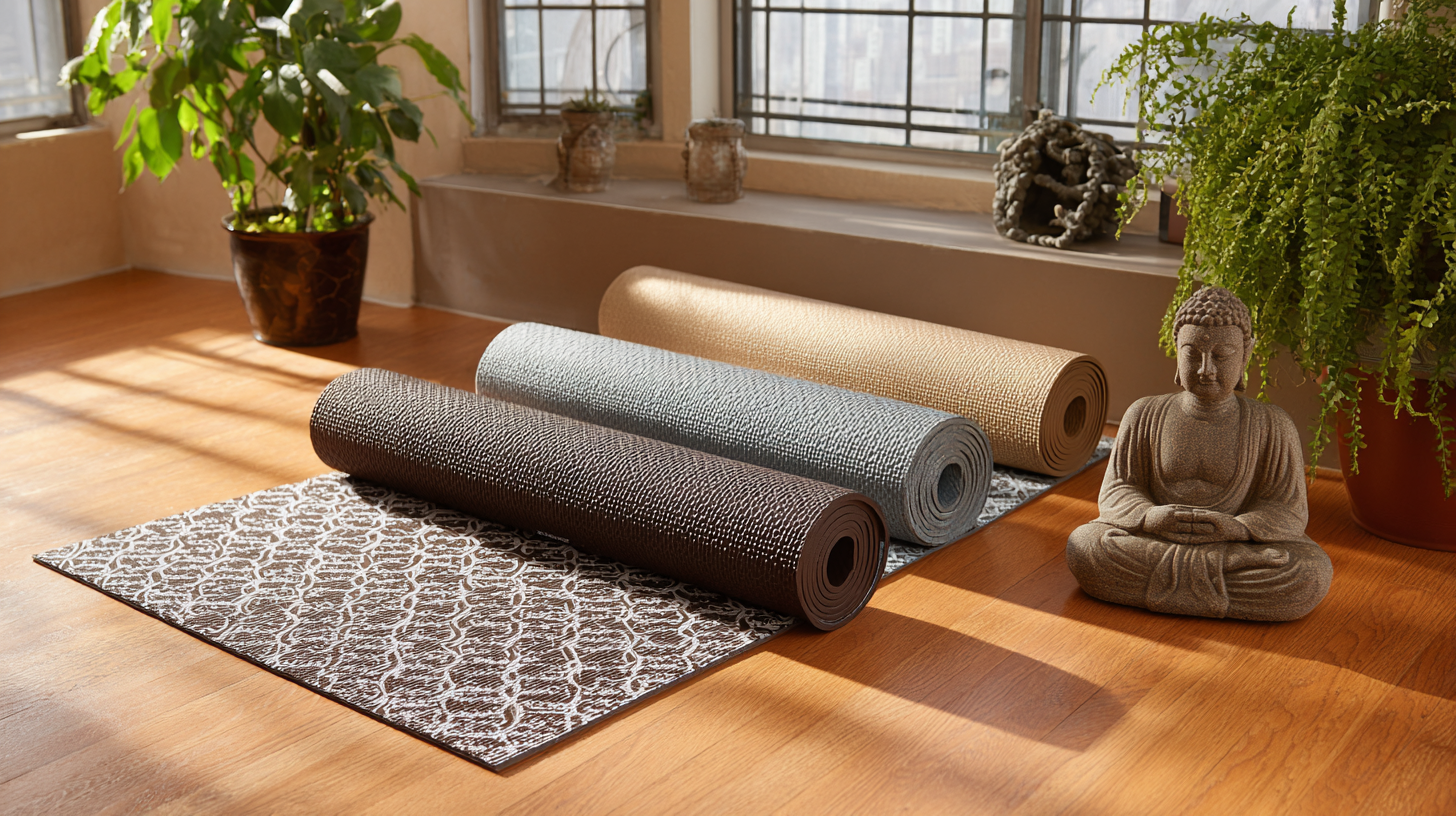
From different materials and designs to advanced features that address specific challenges, we’ll delve into how to select the perfect floor matting for room that not only elevates the space but also promotes cleanliness and functionality. Join us as we uncover the latest trends and practical tips to transform your flooring experience, ensuring every room looks its best while meeting the demands of daily use.
Choosing the Right Material for Your Floor Mats: A Comprehensive Guide
When selecting floor mats for various rooms in your home or office, understanding the materials available is crucial to optimize performance and comfort. According to the Global Market Insights report, the floor matting market is projected to exceed $12 billion by 2026, driven largely by advancements in material technology. Materials like rubber, carpet, vinyl, and eco-friendly options each offer unique benefits tailored for specific environments.
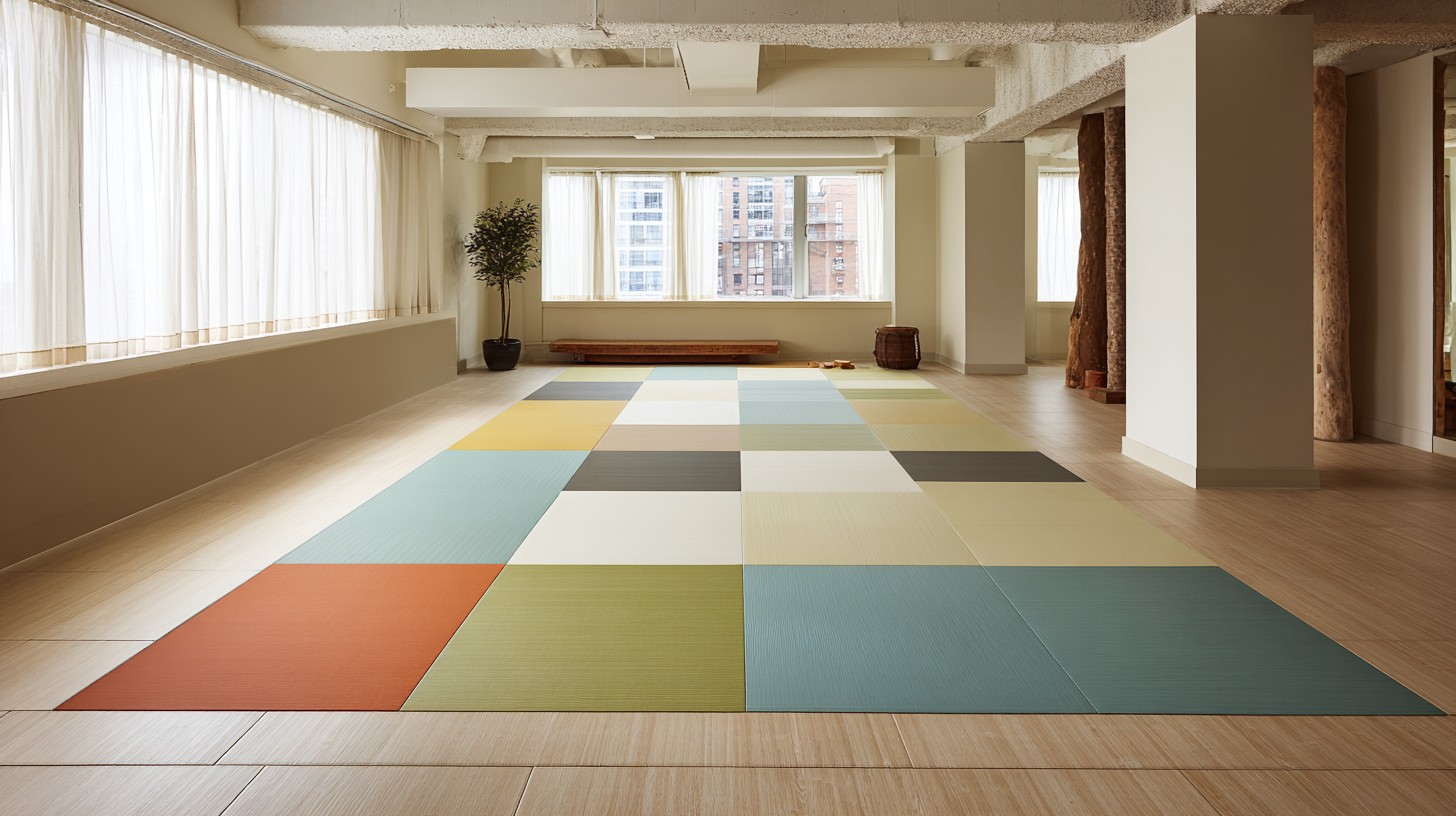 For instance, rubber mats provide excellent slip resistance and durability, making them ideal for industrial settings, while plush carpet mats enhance comfort and aesthetic appeal in living spaces.
For instance, rubber mats provide excellent slip resistance and durability, making them ideal for industrial settings, while plush carpet mats enhance comfort and aesthetic appeal in living spaces.
In addition, the importance of choosing the right material is underscored by research from the National Safety Council, which indicates that proper matting can reduce slip-and-fall accidents by up to 40%. For high-traffic areas, durable vinyl mats come highly recommended, as they are easy to clean and maintain, ensuring long-term effectiveness. Meanwhile, eco-conscious consumers may lean towards biodegradable or recycled materials, contributing to sustainability efforts without sacrificing quality. By carefully considering material characteristics and their appropriate applications, individuals can create safer and more inviting environments in any room.
Creative Design Ideas for Floor Mats That Elevate Any Space
When it comes to enhancing the aesthetic and functional appeal of any room, floor mats play a pivotal role. These versatile accents not only provide comfort underfoot but can also serve as striking design elements that tie a space together. Whether you’re aiming for a cozy vibe in the living room or a vibrant atmosphere in the kitchen, there are creative design ideas for floor mats that can elevate any space.
Tip 1: Choose a Color Palette - Selecting a floor mat that complements your room's color scheme can significantly enhance the overall look. Opt for bold, contrasting colors to make a statement, or go for subtle hues that blend gracefully with your decor. This attention to color can transform a room from ordinary to extraordinary.
Tip 2: Experiment with Shapes and Textures - Floor mats come in various shapes and materials, from traditional rectangular designs to quirky rounds and organic shapes. Incorporate different textures like jute, wool, or even shag to add depth and interest. Layering mats can also create visual intrigue while defining areas within big spaces, making your design more dynamic.
By thoughtfully incorporating these elements, your floor mats can become more than just functional pieces; they can turn into focal points that enhance the beauty of your home.
Maintenance Tips to Keep Your Floor Mats Looking New and Fresh
When it comes to maintaining floor mats, a little care can go a long way in extending their lifespan and ensuring they continue to look vibrant and fresh. According to a study by the Cleanliness Institute, regular maintenance can prolong the life of floor mats by 50% or more. This involves routine vacuuming to remove dirt and grime, which can gradually wear down the material if left unchecked. Additionally, deep cleaning every few months is essential; a mix of warm water and mild detergent can effectively lift stubborn stains while preserving the integrity of the mat.
It’s also crucial to address moisture, as damp environments can lead to mold and mildew growth. The Institute recommends using mats made from moisture-wicking materials for high-traffic or wet areas. By strategically placing mats at entryways and in bathrooms, you can mitigate the amount of water tracked into other rooms, keeping your flooring and mats in optimal condition. Incorporating these simple maintenance tips not only enhances the aesthetic appeal of your home but also contributes to a healthier indoor environment.
Innovative Technologies in Floor Matting for Enhanced Safety and Comfort
In recent years, innovative technologies in floor matting have emerged to significantly enhance safety and comfort in various environments. Advanced materials such as flame-retardant composites and ergonomic designs have been developed to ensure that floor mats not only meet safety standards but also provide a cushioned and supportive experience for users. These innovations reflect a growing recognition of the crucial role that floor matting plays in creating safe spaces, whether in residential settings, commercial areas, or industrial workplaces.
Furthermore, the integration of smart technologies into floor matting solutions is paving the way for enhanced functionality. For instance, mats equipped with sensors can detect movement and alert users to hazards, while others may feature antimicrobial properties to reduce the risk of slips and falls in high-traffic areas. As safety and comfort become top priorities in design, these advancements in floor matting technology are set to redefine our understanding of personal and communal spaces, ensuring that occupants feel secure and at ease in their environments.
Innovative Technologies in Floor Matting for Enhanced Safety and Comfort
Sustainable Options for Eco-Friendly Floor Mats in Every Room
When considering floor matting for different rooms, the sustainability of materials is becoming increasingly important for eco-conscious consumers. Eco-friendly floor mats not only enhance the aesthetics of a space but also contribute positively to the environment. Options such as natural fiber mats, made from jute, sisal, or coir, are renewable and biodegradable. These materials offer durability and a rustic charm, making them perfect for living rooms and entryways. Additionally, recycled rubber mats can provide excellent traction and cushioning, suitable for high-traffic areas like kitchens or garages.
Choosing the right eco-friendly floor mats involves considering not just the material, but also the production processes. Look for mats that use non-toxic dyes and adhesives to ensure that no harmful chemicals are released into your home. Brands that prioritize sustainability often implement fair trade practices and support local artisans, which further enhances the positive impact of your purchase. By opting for sustainable floor matting solutions, you contribute to a healthier home environment while fostering a commitment to environmental stewardship.
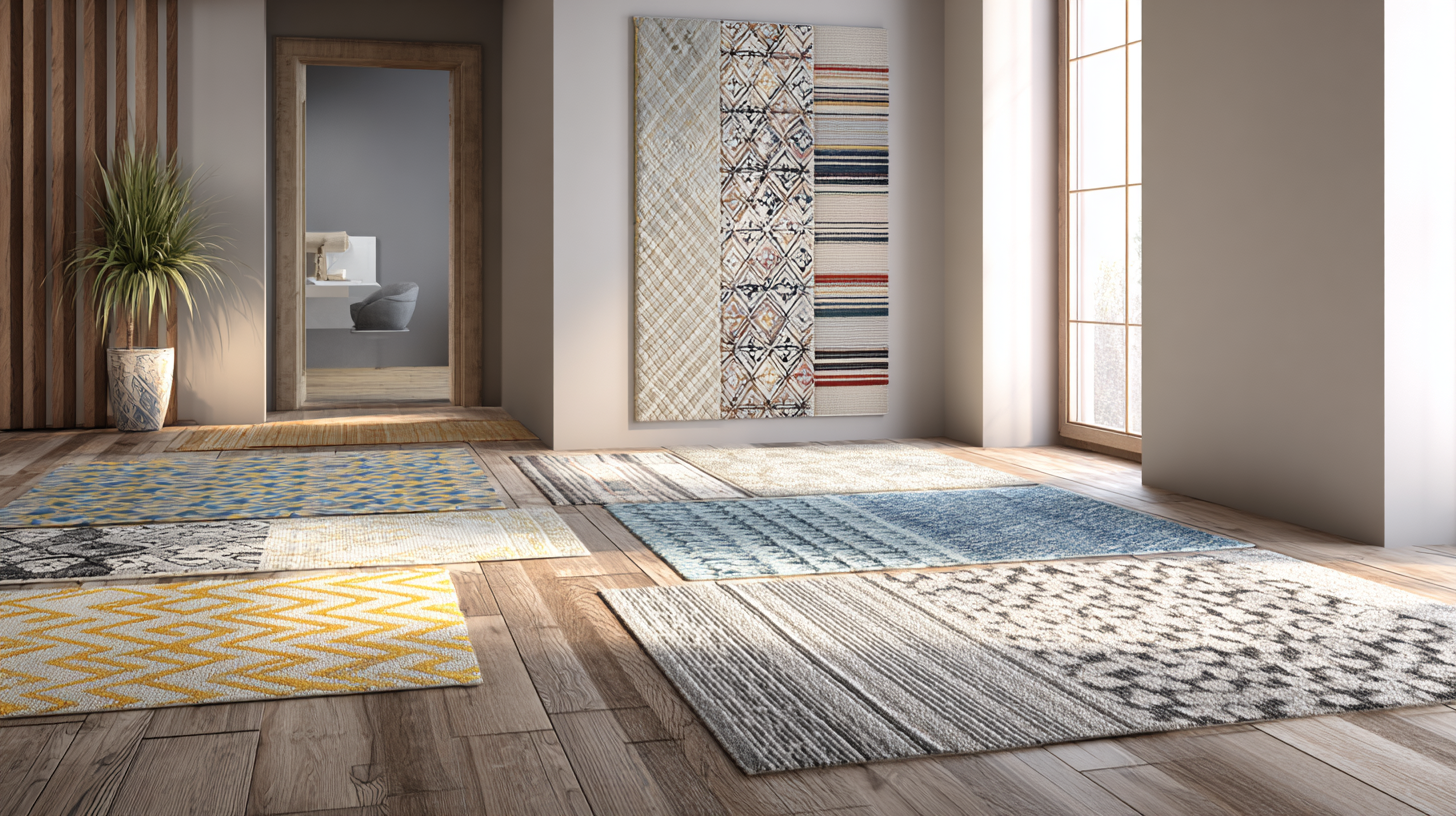
Related Posts
-
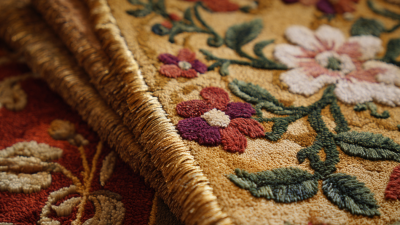
Craftsmanship Redefined Best Rubber Backed Door Mats Made in China for a Global Market
-
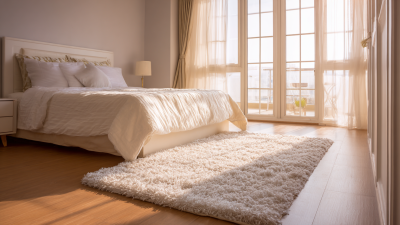
Discover the Advantages of Choosing the Best Pvc Floor Mats for Your Home
-
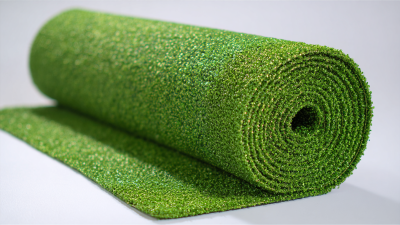
The Ultimate Guide to Choosing the Best Plastic Green Grass Mat for Your Business Needs
-
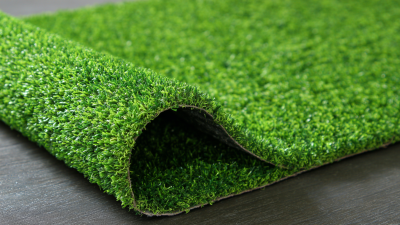
Exploring the Versatility of the Best Plastic Green Grass Mat for Diverse Applications

